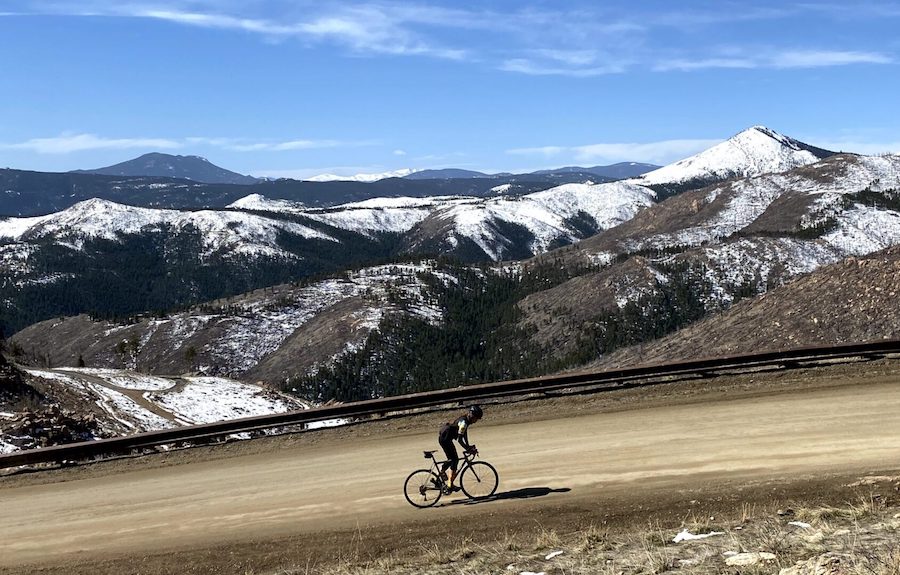This week’s Workout of the Week is a different one—it’s big, it’s stupid. The adventurers among you will love it.
This week’s Workout of the Week is a different one—it’s big, it’s stupid. The adventurers among you will love it.

This week’s Workout of the Week is a different one—it’s big, it’s stupid. The adventurers among you will love it.

This week’s Workout of the Week is a different one—it’s big, it’s stupid. The adventurers among you will love it.

We explore the best method for priming yourself for racing—busting myths and delving into the science of warm-up routines.

In this popular high-intensity fitness test, we explore the strength and endurance attributes that matter most, and how you can prepare for competition.

By stringing together several days of high-intensity training, then adequately recovering, overload blocks can produce big gains.

Adding days to your microcycles will help you improve recovery, which can improve HIT sessions. It’s a win-win.